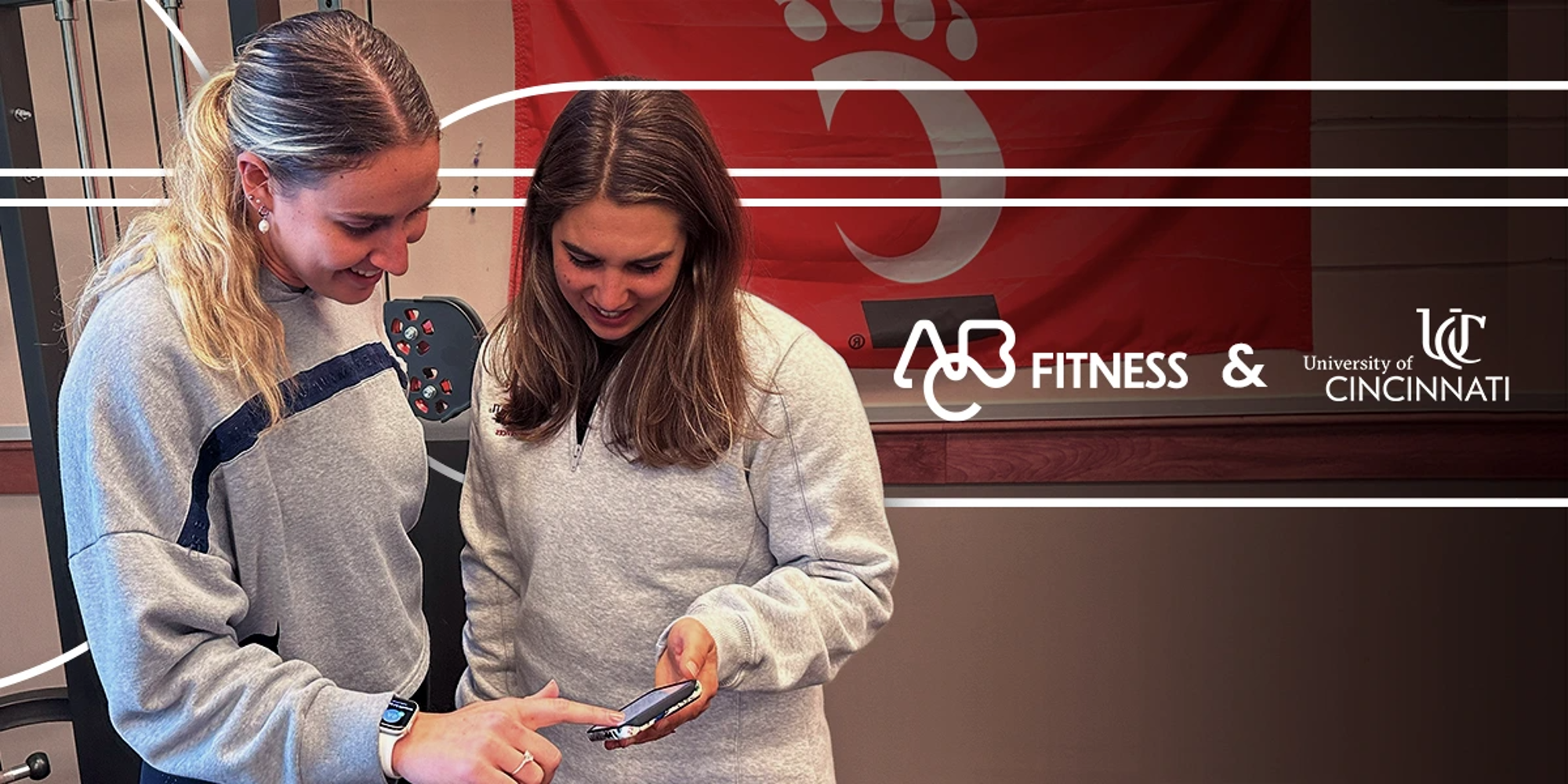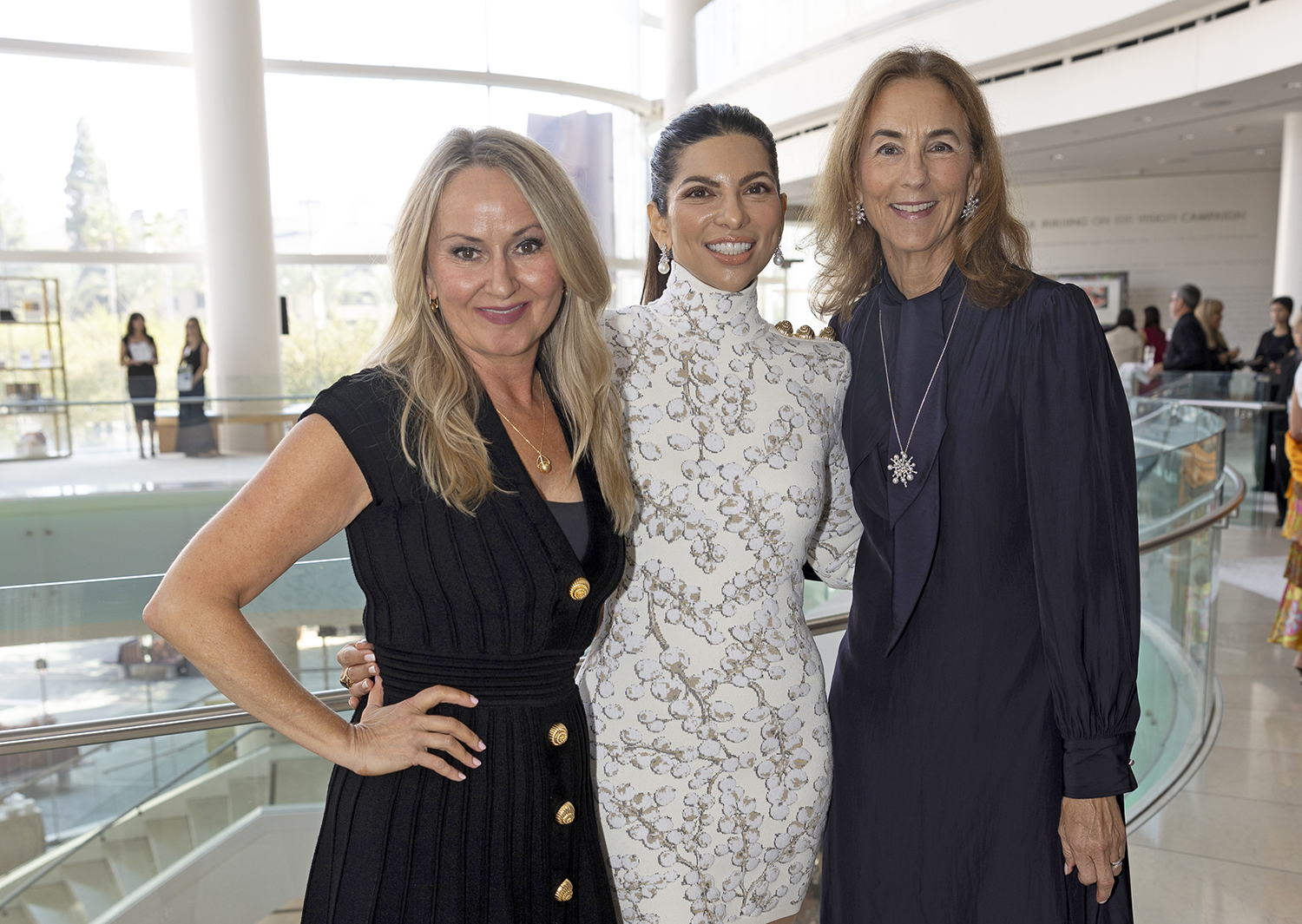Fashion
Faces of Fashion Week MN: Meet Anupama Pasricha, Ph.D. | Minnesota Monthly

Anupama Pasricha, Ph.D., is the Dean of St. Catherine University’s School of Business and a leading voice in the field of sustainable fashion and merchandising. Armed with over 30 years of global teaching experience, including 12 years in India, masters degrees in both textiles and clothing and education, and over 100 published scholarly works, Pasricha is passionate about equipping the future generation of fashion leaders with the tools needed to create a more socially and environmentally responsible industry.
While an accomplished educator, Pasricha is a changemaker outside the four walls of her institution as well, using her valuable expertise to guide manufacturers and business owners in the Twin Cities community. Currently aiding two Minnesota-based companies as a sustainability consultant and serving as advisor to the “Mindful Businesses” podcast, Pasricha is a trailblazer for Minnesota’s slow fashion movement—a movement which Fashion Week Minnesota is diligently working alongside her toward.
As a community-wide expression of their shared mission, Pasricha will join Fashion Week Minnesota Oct. 9 as a guest speaker at its Future of Fashion Panel Event, held at Morrie’s Minnetonka Mazda. Ahead of the informative panel, get to know Anupama Pasricha—an educator, researcher, changemaker, and leader who is nurturing a new generation of fashion innovators in Minnesota, and beyond.
You are regarded as a leading voice in sustainable fashion. Can you share how you developed an interest in this field?
I was involved in a program at Iowa State University called the Leadership Academy Model. And that particular model was technically in family and consumer sciences and education leadership. But at the same time, because I was in a PhD program, I was doing research, which is called dissertation, and I spent a lot of time on it. So that side of my research piece started with focusing on social responsibility and eventually led to sustainability in the fashion industry. So that brought me into the fashion discipline. After I completed my PhD in 2010, all of my other research that I did had that sustainability lens there, because I was so passionate about how it spoke to my personal values, it just kind of aligned very well. And that carried on into my career at St. Kate’s. It has been a perfect space for me to be able to do what I want to do and how I want to do it.
How do you pass on this advocacy for sustainability to your students?
While I was serving as the Fashion Design and Merchandising Chair at St. Kate’s, I was looking at the curriculum, I think in 2008, and we started looking at changing and incorporating sustainability one course at a time. Thinking, where could we easily incorporate it without changing, you know, the big objectives of a course? If you remember from your syllabi, there’s course objectives, right? So, we began embedding sustainability into these objectives, but again, making sure that we are not compromising the quality of the curriculum. So, if you have to learn design, then how can design be layered with sustainability, but still not lose the foundational knowledge of design? If you’re thinking about sociocultural aspects of dress, then we are bringing in sustainability as a social movement, and touching on how that influences dress. We started slowly mentoring other faculty members on this process. And then in 2021, one of my other colleagues and I launched a sustainability studies minor, which is offered through the fashion department, but it is basically more like an interdisciplinary minor. We call it building a sustainable world. So, we created that, and now it opens doors for any student at St. Kate’s to add the sustainability studies minor into their program of study if it was something that they are passionate about.
How has the state of the fashion industry changed from when you first began your research to today? In your opinion, what are currently the biggest barriers to a more sustainable industry?
Absolutely. I would say that change is there, but it’s in pockets, right? Like, you don’t see a full shift of ‘okay, now the fashion industry is totally changed.’ We’ve seen these pockets of change in certain sections of the industry. Maybe companies are sourcing better, or doing components of the supply chain better. But the full supply chain, to do that sustainably, there are only a few companies that have done that. Some small brands can do it because everything is in their hands. Or companies like Patagonia, who started with that value in mind, so they have all the ducks in the row already. There are different ranking platforms, like, for example, Good on You that can tell you what a company’s social and environmental responsibility is like, which is a great tool.
And the barriers, as you mentioned, one is obviously the complexity of the supply chain. Like, I’m wearing this jacket with many different kinds of materials— where are they all being manufactured, how are they being manufactured, you know? So, starting with the making of the fabric, where was the fiber grown? Then where was the fiber manufactured, where was the fabric put together, and then where was the garment put together? Who’s designing? The whole supply chain is very complex, that’s one piece of it. And then the second piece is the cost. So right now, the cost that we are so used to, especially in the U.S., that’s not the true cost, right? Say, I paid $100 for this jacket or this suit, the actual cost of it is much more than that. The reason being, someone’s underpaying the people who are producing it. All of those pieces, you don’t really see, whether it’s the labor, whether it’s the environmental conditions for people who are growing, we don’t look at the cost of their well-being. We get so used to, like, ‘Oh, this is so cheap. This shirt is only $5,’ but it’s actually not. You are paying $5; someone else is paying the rest of the cost.
What advice would you give to consumers who want to practice more responsible consumption, but want to do it in an affordable way?
So, I think one thing is, budget yourself. You know, this is the amount of money I want to spend on clothes this month or this year. Then, when shopping on that budget, try not to go for the numbers, or for quantity. Try to look for quality, longevity. At the end of the day, I’ve seen that the cheaper products look good today, but then after two, three washes, they suddenly start looking pretty shabby. You again have to shift your mindset. Spend that much money that you budgeted for, but only pick better products. A lot of companies have sustainability reports that will tell where they are at and what their goals are. So, put your money into the brands and companies that are doing something about it.
Do you feel that Fashion Week Minnesota’s mission and impact on the community aligns with your own areas of expertise as an educator? What does it mean to you to be able to speak to their audience on these topics?
Absolutely. I think with Fashion Week, over these past few years, I’ve seen them thinking about sustainability and also inclusivity, which is another big thing that I really value in the fashion industry. With the way they clearly set out their values, you can see they are growing in those areas, you know, being more sustainable, being more inclusive, and trying to bring the brands that are doing those things in a structured way to the events that they do and promoting that collective action. I think they’ve done a great job of that and I’m looking forward to speaking to the audience there.


)




